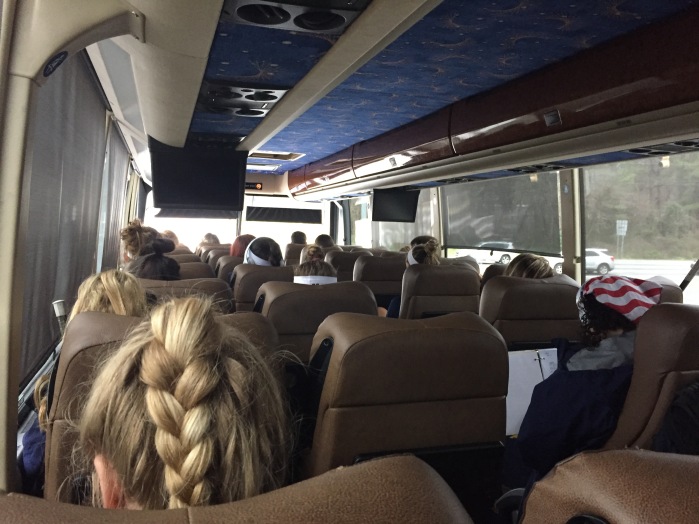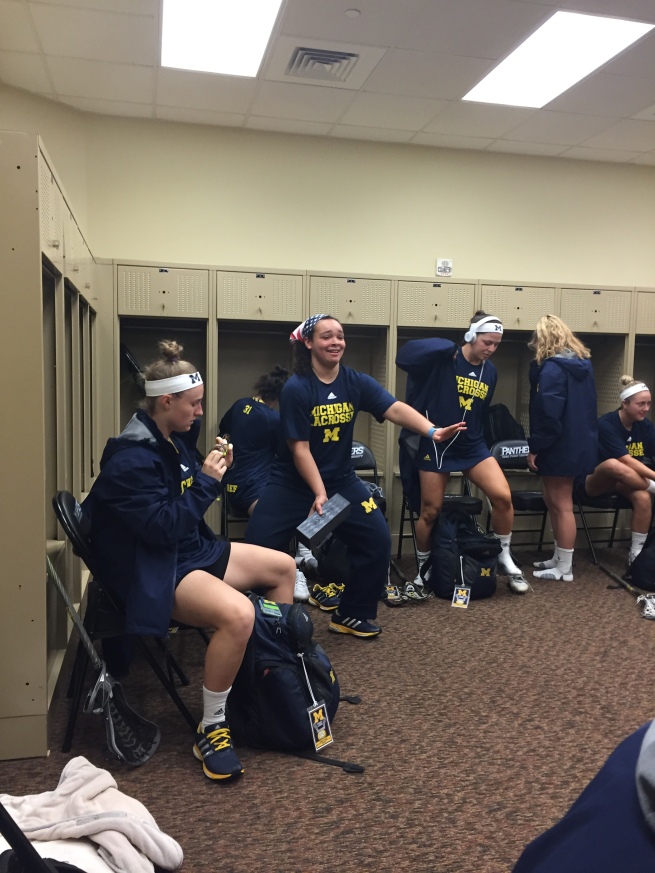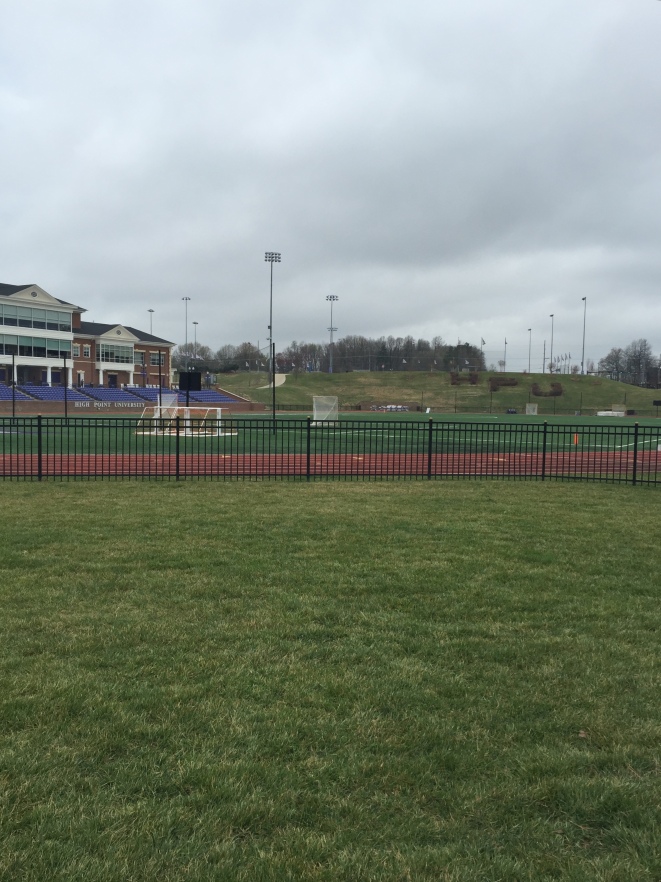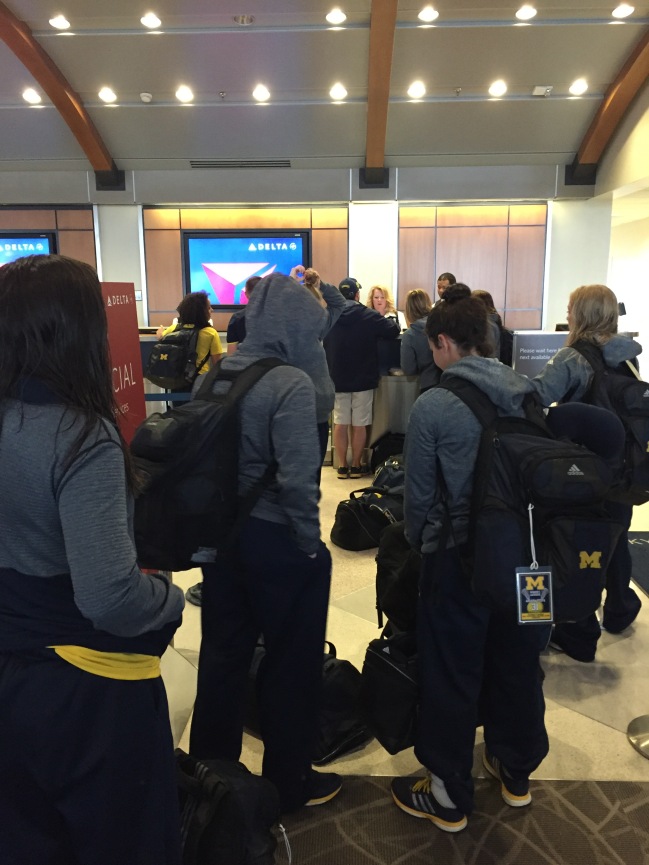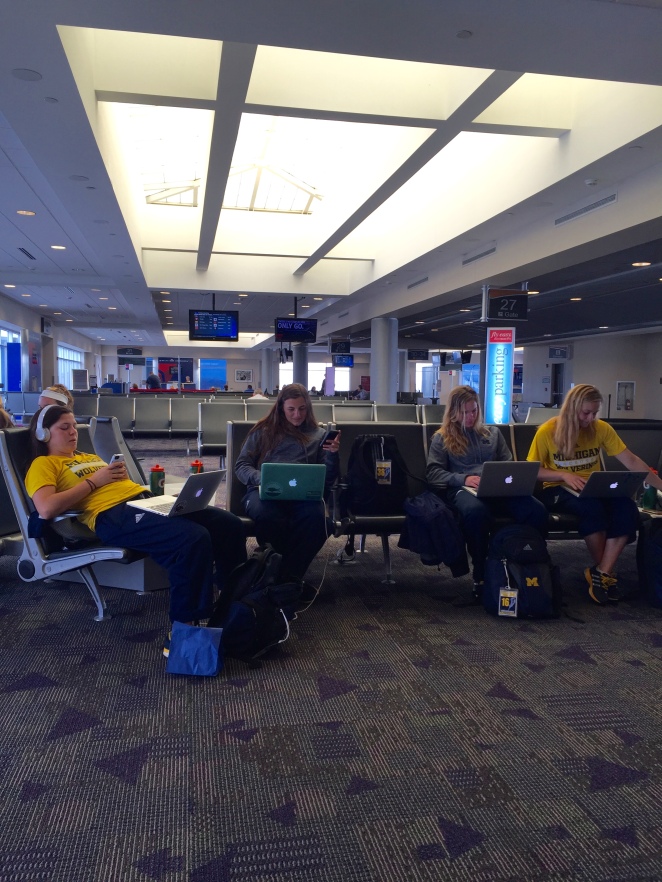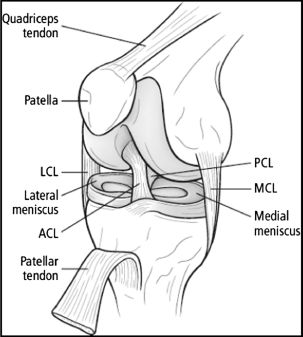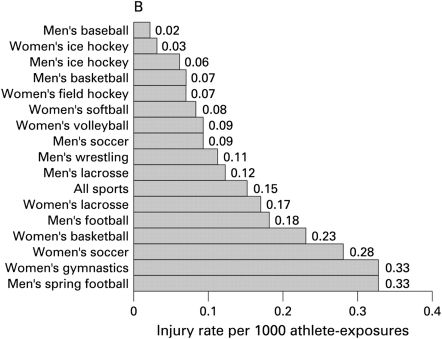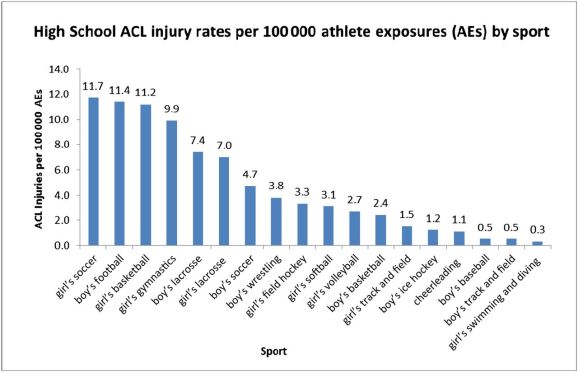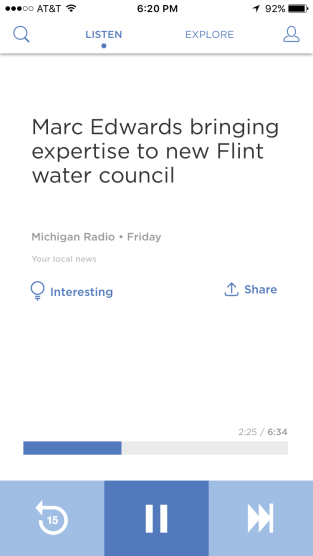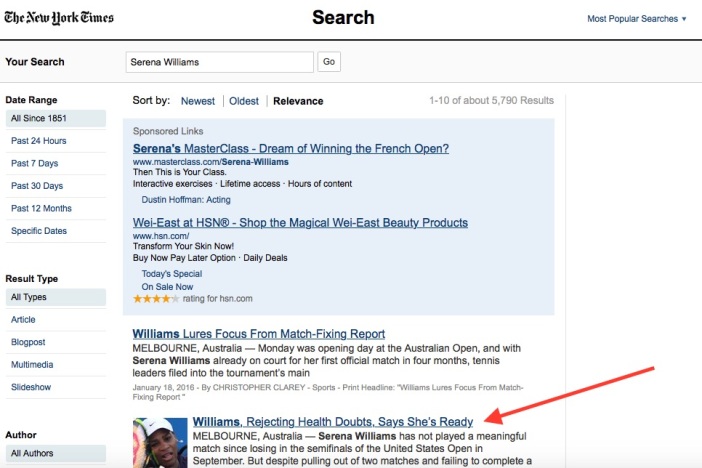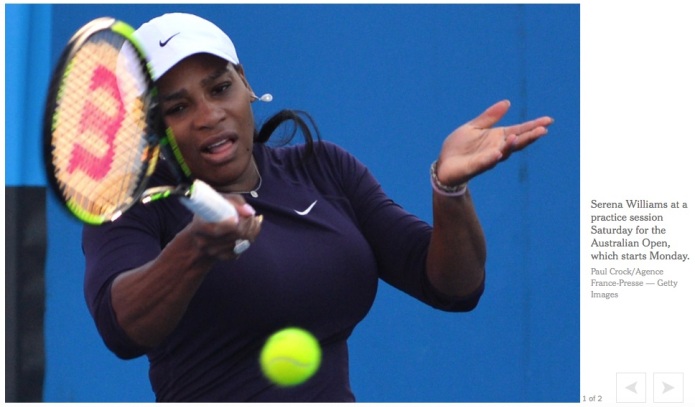Within the last year, Twitter launched their new live-streaming service Periscope that lets you share and experience live-stream video from your smartphone or tablet. The immediacy of the application provides viewers with real-time access of first-person scenes through the uploader’s eyes. Whether it’s an unfolding news event or a behind-the-scenes look at a sports game, it creates a unique perspective for viewers that want to learn and see more. Viewers also can send comments, which makes it more of an active viewing experience where they have the ability to ask questions and interact with the person who is live-streaming. Once a broadcast is over, others can watch a replay within Periscope for up to 24 hours. After that, the live-stream video is removed from the application, but Periscope users have the option to save the broadcasts to their mobile devices and share it on other social media sites.
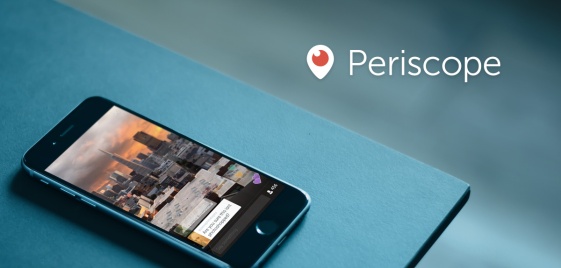
Recently, sports fans have been pulling out their smartphones to broadcast their perspective at games. But along with this opportunity to live-stream videos, a huge debate has been sparked on the use of Periscope to broadcast games you’d otherwise have to pay for on TV. A Boston Globe article states that these applications have “alarmed some sports executives, who worry they threaten to undermine the professional leagues’ exclusive hold on images by streaming pictures live on the Internet to anyone who wants to watch.” But this largely has to do with men’s professional sports, that draw most of their annual revenue from TV deals.

For women’s sports teams, the Periscope App means an opportunity for quick, easy, more direct, and cheaper coverage of their games. In this GeekWire article, the author explains how the Seattle Reign FC, an inaugural member of the Women’s National Soccer League, plans to use Periscope to broadcast their matches. The Seattle Reign FC Owner, Bill Predmore, explained that the reason they chose Periscope over the other video streaming service, Meerkat, was because of “its ability to achieve live broadcasts” and “its deep integration with Twitter.” All they have to do is download the Periscope App and mount an iPhone 6+ on a tripod. Owner Bill Predmore continues, “As this channel develops we are considering adding an external mic to allow a play-by-play announcer to accompany the broadcast, but for now we think simple is better, even in the best-case scenario we won’t achieve the fidelity of a typical broadcast, but Periscope will allow us to spin up broadcasts at times and locations we would have never considered in the past.”
Broadcasting sports games comes with some serious financial hurdles that have made it difficult for Women’s Sports Leagues to live-stream their games. In this Sports Tech Wire article, it explains,“Broadcasting sports today requires cameras, sound equipment, studio technicians, technical producers, on-air talent, off-air talent, satellite capabilities, and lots of manpower to operate it all. Even smaller broadcasts that operate under an online service like Ustream still require significant investments to create a product that consumers consider worth watching. No matter the quality of the broadcast or the breadth of audience the broadcast reaches, those that wish to broadcast sports have up until recently faced significant financial hurdles that could only be overcome with outside investment, particularly from corporate advertisers.”
The Seattle Reign FC will not have to face these hurdles. They are able to broadcast their games with an Internet connection using nothing but an iPhone 6 mounted on a tripod. As stated in this article, “The only direct cost comes from the electrical outlet used to charge the phone.” Although the quality of these amateur live streams can’t compare with those of professional broadcasts like ESPN, it gives fans a free and accessible opportunity to connect and watch their team play. In the past, this was never an option for women’s sports.
Throughout the history of media coverage and sport, the under-representation of women’s sports in the traditional media has remained prominent. In the study, “It’s Dude Time!”: A Quarter Century of Excluding Women’s Sports in Televised News and Highlight Shows by Cheryl Cooky, Michael A. Messner, and Michela Musto, they look at the quantity of coverage of women’s sports in televised sports news. Although the last 25 years has seen a dramatic movement of girls and women into sport, the study indicates that the quantity of coverage of women’s sports in televised sports news remains significantly low.
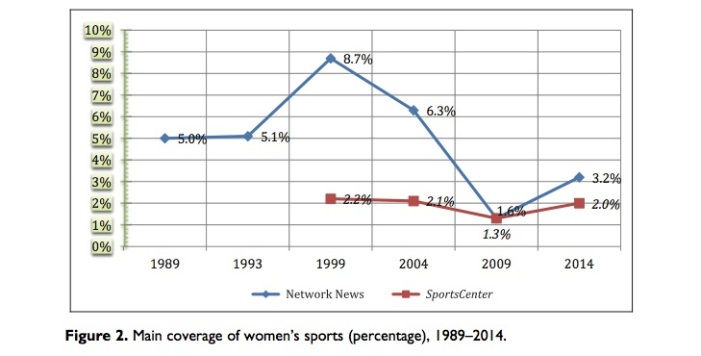
The graph above depicts the three network affiliates (KCBS, KNBC, KABC) and ESPN SportCenter’s main broadcast coverage to women’s sports from 1989 to 2014. This graph shows that the Network News’ slight increase to 3.2% in 2014 indicates that the coverage of women’s sports remains substantially lower than its coverage 10, 15, 20, and 25 years ago. Additionally, SportsCenter’s coverage has remained flat, never rising above 2.5%.

The graph I created above uses additional data from this study to visually show the combined coverage of all the news and broadcasts from local network affiliates and SportsCenter in 2014. It displays that 74.5% of the news coverage was devoted to what the study terms, “the big three” (Men’s Basketball, Football and Baseball.) Additionally, the tiny slivers within the graph depict that Women’s Basketball (2.3%) and Women’s Other (0.5%) combine for an amount of 2.8% total coverage. This is next to nothing compared to the overwhelming 95.4% (subtracting neutral coverage as well) in men’s sports. This graph gives an accurate image of the uneven coverage of sport in television sports media.
But, there is hope! The introduction of social media applications have provided women’s sports fans and female athletes with more access to women’s sports. Facebook, Snapchat, Twitter, Instagram, and now Periscope have provided coverage for women’s sports fans when traditional media has not. Below is a video that elaborates on this idea:
I also had the chance to ask the Associate Director of Athletic Communications for the University of Michigan Women’s Lacrosse and Soccer teams, Whitney Dixon, a couple of questions on her experience with social media and women’s college sports. The questions and answers from my interview can be read below.

Bianca Brueckner: From your experience as the Associate Director of Athletic Communications for the University of Michigan Women’s Lacrosse and Soccer teams, do you believe that social media helps to balance the underrepresentation of women’s sports in traditional media?
Whitney Dixon: For communications professionals around the country, social media provides an incredible platform for us to tell the stories of our student-athletes, coaches and programs, and interact with our many audiences. The way people like to consume their news and entertainment continues to evolve and each platform allows us to connect with our audiences in a different way. Data has shown that the reach we have on our various social platforms at Michigan can far exceeds that of traditional print media. In addition, a great deal of the traffic we get on our website, MGoBlue.com, is driven by social media posts rather than users going directly to the site through their web browser.
Bianca Brueckner: Could you give an example of social media helping to balance the underrepresentation of the women’s sports within your job?
Whitney Dixon: Each social platform continues to evolve and add new features that allow us to showcase the great stories about our student-athletes and programs, and connect with our many audiences. For example, Facebook Live and Periscope allow us to stream video in real-time. From short behind-the-scenes videos to screaming press conferences and entire sporting events, we can connect with our fans and provide them an opportunity to see our student-athletes and teams in action more than ever before. Those platforms allow us to supplement the coverage that is provided by national television networks, print and online media, and our own athletics website, MGoBlue.com.
Bianca Brueckner: What is your favorite social media app to use in updating fans of the women’s lacrosse and soccer teams? Why is this your favorite app?
Whitney Dixon: I can’t say that I have a favorite because each social media platform provides a different way for us to connect with our various audiences. And different types of content perform better on different platforms. For example, articles and videos of all lengths tend to perform best on Facebook; short, informational content, including photos and graphics, is better received on Twitter; high-quality, captivating images are better suited for Instagram, while Snapchat provides a fun, light-hearted behind-the-scenes experience for mobile users.
Bianca Brueckner: Have you ever used the Periscope App? If yes, when and how have you used it?
Whitney Dixon: Yes, I have used Periscope to provide fans an inside look at what it’s like to be a student-athlete at Michigan. From pre-game warmups, to senior night ceremonies, to off-the-field team activities, there is something unique about live video that appeals to our many audiences and allows them to be a part of the action in real-time.
Here are some examples of Periscope being used in Behind-The-Scenes looks at the University of Michigan Women’s Soccer and Lacrosse teams:
Additionally, the University of Michigan Women’s Water Polo Team has used Periscope to Live-Stream their games:
Ultimately, the addition of the Periscope App in social media provides even more of a marketing opportunity for women’s sports teams. As Whitney Dixon stated earlier, “these platforms allow us to supplement the coverage that is provided by national television networks, print and online media, and our own athletics website, MGoBlue.com.” The free and accessible live-streams from Periscope allow anyone with an Internet connection and a smartphone to tune in and interact with athletes and teams. In a world where women’s sports are significantly underrepresented in traditional sports media, Periscope helps in challenging this inequality by providing more access. Periscope’s abilities are a great way to engage and connect with audiences from across the world. As time goes on, Periscope will continue to evolve and provide a new standard for sports broadcasting. Ultimately Periscope’s impact on the sports media industry, specifically women’s sports, will alter the way we watch sports and interact with athletes & teams in the near-future.





